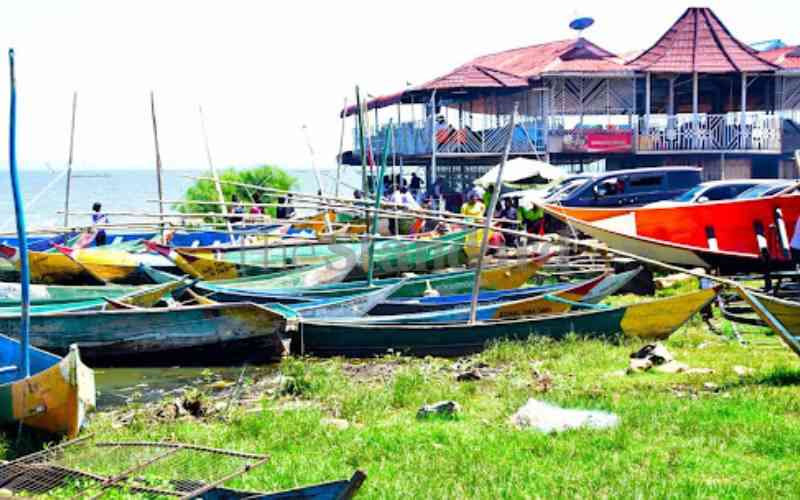×
The Standard e-Paper
Stay Informed, Even Offline

Residents go about their business at Dunga beach in Kisumu. [Harold Odhiambo, Standard]
Two men load sacks of charcoal on a truck a few meters away next to the mouth of the heavily polluted river Wigwa, along Kisumu's lakefront.